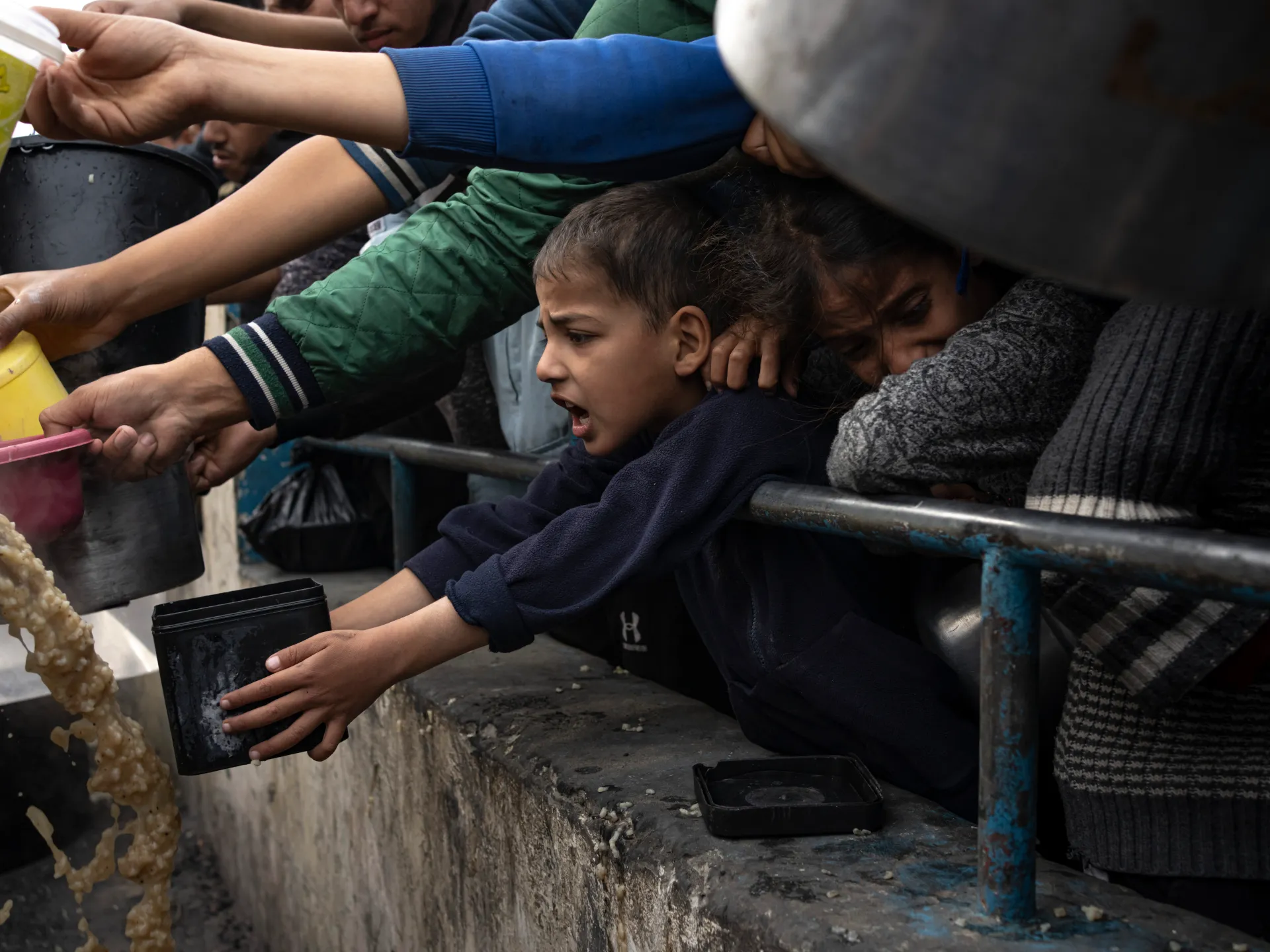In the center of the Middle East, Gaza is a powerful representation of misery and strife. This tiny sliver of territory has been forever altered by the ongoing Israeli-Palestinian conflict, which has a profoundly negative effect on many facets of daily life. Gaza’s children are among the most vulnerable and sadly impacted. These young people live in uncertainty, anxiety, and scarcity. Their everyday lives are disrupted by bombs, air attacks, and blockades, depriving kids of a typical upbringing.
They suffer the anguish of losing loved ones and seeing firsthand the devastation. The kids of Gaza show amazing resiliency and persistence in these immense adversities. This piece explores the hopes, resiliency, and hardships of the youngsters living in Gaza during the unrest. Their tales serve as a potent monument to the resilience of the human spirit and a stark reminder of the critical need for assistance and attention on a global scale.
Being Always Afraid
Fear follows the youngsters of Gaza around all the time. They live with the sounds of gunfire, explosions, and drones daily. There’s little comfort in the darkness because air raids can happen anytime. Living in a combat zone causes many youngsters to experience anxiety and nightmares. There is a significant psychological consequence, and many people show signs of post-traumatic stress disorder (PTSD).
For example, Amina, ten, wakes up terrified when she hears thunder because she thinks bombs are being dropped. Her mother, Leila, describes how Amina clings to her at night because she is scared to sleep alone. These tragically familiar tales highlight the profound psychological wounds caused by the conflict.
Having Trouble Finding Basic Needs
There is a serious lack of necessities as a result of the blockade of Gaza. Access to essentials like food, clean water, and healthcare is a daily challenge for many families. A major concern nowadays is malnutrition, as many children have stunted growth and associated health problems as a result of inadequate nutrition.
The situation in the overcrowded camps for refugees is terrible. There are major health hazards because raw sewage flows through the streets. Due to restricted access to clean water, families are compelled to rely on tainted water sources. Overworked and underfunded hospitals and clinics find it difficult to offer quality care. Tales like Ahmed’s, where medical resources were scarce and the youngster died of an avoidable disease, are all too prevalent.
The Fight for Education Rights: Never-ending
For the children of Gaza, getting an education—a fundamental right—is a daily struggle. The violence has caused damage or destruction to numerous schools. The ones that are left are frequently underfunded and overcrowded. The kids of Gaza have an insatiable thirst for knowledge despite these obstacles.
Twelve-year-old Noura wants to be a doctor. With a strong desire to create a brighter future for herself, she treks several kilometers every day to her crumbling school. Lessons are frequently interrupted by power outages, and her classroom is devoid of essential materials. Nevertheless, Noura and her classmates never give up because they have faith that education will eventually lead to prosperity and peace.
The Effects of Seclusion
The siege has kept Gaza’s children cut off from the outside world in addition to depriving them of essentials. Due to travel limitations, a large number of people have never ventured outside of Gaza, which restricts their prospects and exposes them to a narrow, conflict-ridden perspective.
Mahmoud, an aspiring athlete, is seventeen and has never competed internationally. Although his talent is recognized locally, a roadblock keeps him from competing internationally. This seclusion stifles many children’s potential, keeping them mired in a cycle of conflict and poverty.
Hope and Resilience in the Face of Despair
Even with so many obstacles, the Gazan children show incredible fortitude. Their ability to hope is astounding, and their spirit never wavers. NGOs and community organizations work hard to create secure environments where kids may play, learn, and recover.
Programs that include art therapy, athletics, and educational support greatly aid youth’s mental and emotional health. These programs offer a brief reprieve from the harsh realities of their surroundings and a semblance of normalcy.
Take the case of Layla, a fourteen-year-old who turned to painting as a coping mechanism. Layla gained the ability to communicate her feelings on canvas through an art therapy program, producing striking pieces that capture her experiences and dreams. Her work has been a source of inspiration for people in her community as well as a coping mechanism for her during times of trauma.
The International Community’s Role
The world community needs to give the situation of Gaza’s youngsters immediate attention. While humanitarian relief is vital for delivering relief right now, long-term solutions are required to deal with the underlying causes of the suffering. Peace and the defense of human rights must be given top priority in diplomatic endeavors.
International organizations might greatly aid children’s educational and psychological programs. By investing in the region’s youth, the international community can help end the cycle of violence and lay the groundwork for enduring peace in Gaza.
Conclusion
The children of Gaza are growing up in an environment of conflict and hardship, dealing with unfathomable difficulties daily. Despite the gloom, their tenacity and optimism are evident. They envision a better world where riches and harmony replace misery and fear. The international community has a responsibility to stand by them, to share their aspirations, and to work toward a future in which no child has to experience the atrocities of war.
By sharing their experiences, we acknowledge their humanity and strength while simultaneously witnessing their sorrow. The children of Gaza are not only victims; they are also the nation’s future, and as such, they should live in a world of opportunity, safety, and harmony.

